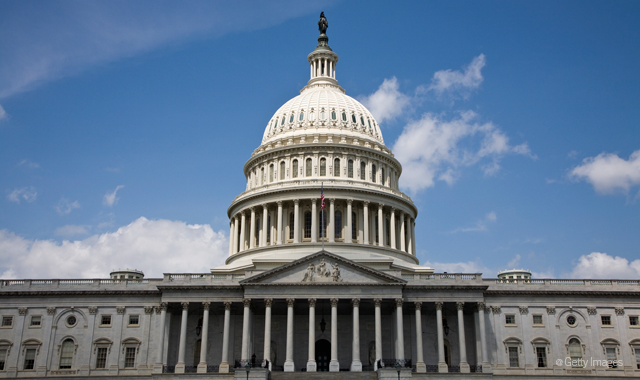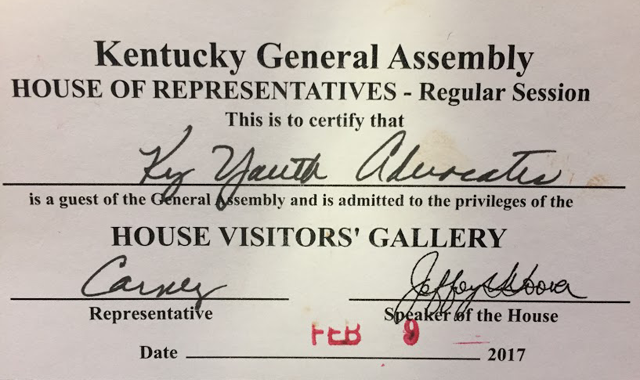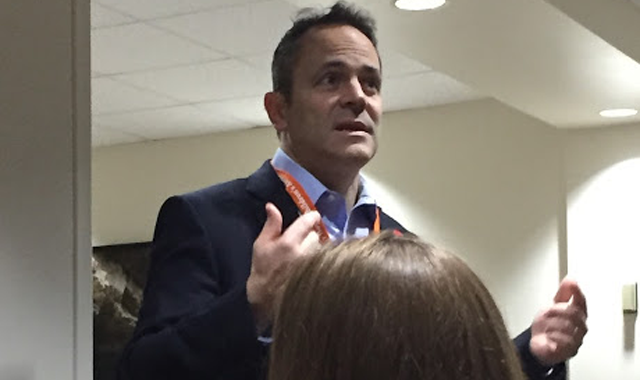How dental professionals can be advocates
Speaking up about important issues and meeting with legislators can have a major impact on your patients’ oral health.
Advocacy is something dental professionals do every day. Hygienists discuss the importance of prevention to their patients in-depth. We go over methods, techniques, frequencies and research in order to persuade our patients to make healthy decisions. Dentists discuss recommended treatment at length, simplifying complex procedures into analogies of apples and helmets, helping patients understand and subsequently empowering them to make knowledgeable decisions for their own wellbeing.

As a team, we sometimes need to confront parents and have tough conversations about how a child reached his or her status, attempting to reveal the underlying dietary habit or educate specifics on how to move toward better choices. This is advocacy. We are influencing our patients’ health by speaking truthfully about subjects we know to be true. We are experts at this because we do it daily, but what does advocacy look like on a larger scale for us? If we begin looking at influencing oral health on a systemic level, meaning government and policies, those conversations may seem a little more intimidating. Advocating for systemic change was not part of the clinical curriculum, but it is a natural progression for oral health providers who care.
Trending article: 11 things RDHs should do after graduation
Merriam-Webster defines advocacy as “the act or process of supporting a cause or proposal.” It can encompass all types of conversations with different groups about subjects that are of interest or important to you. Vocal support can range from voicemails and Twitter tags to handwritten letters or face-to-face meetings.
Families USA, a health care advocacy group, has a great resource for how to set up a meeting with your member of congress. They say, “Engaging face-to-face with government officials and their staff is the single most powerful advocacy strategy you can pursue.” The six steps they list are a great beginner’s guide. I will highlight and summarize the four I find most relevant to dental professionals who spend the majority of their time in a clinical setting and may not have had the opportunity to head to their state or national capitol.
Click through the slides to learn more.


Step 1: Select legislators for a meeting
There are websites to search for your representative by zip code or your senator by state. As health care providers, we can also choose to meet with the leaders of the people we serve. Speak up for your patients. Our leaders want to hear from their constituents and we have a unique ability to leverage power for our patients by being their voice in this way. Public health dental professionals have a distinct responsibility to do this, especially if we are caring for patients from a disadvantaged background.



Step 2: Request a meeting
Contact your legislator’s office staff to coordinate a time. You will want to mention that you are a constituent or serve their constituents for relevance. Give them a heads up on what topic you would like to discuss. If the representative is not available, meeting with a staff member is a great way to pass on meaningful information to the legislator.



Step 3: Prepare for the meeting
Put together three to five key points you would like to present. Get comfortable with the data and stories you would like to tell. Organize your thoughts and resources so that you feel prepared before the visit. It can also be helpful to bring relevant materials to leave behind like brochures, handouts and fact sheets.



Step 4: Meet with your legislator and/or staff
There are three tips to keep in mind during the meeting: tell your personal story, share key points about the issue and keep the conversation state or district-specific. Getting personal is a way to make a memorable and impactful impression with your leader. Telling connected stories of real people can soften sometimes distant issues. It makes decisions real and puts a face to a problem.
Trending article: Does your boss appreciate you?
To read more tips on this advocacy option, visit Advocacy Guide at FamiliesUSA.org. Some other less time-consuming options include calling, writing letters or getting involved in social media campaigns. There are many organizations that offer letter templates and calling scripts when relevant issues or policies surface. Subscribe to Children’s Dental Health Project, Oral Health America, or The Center for Health Care Strategies to get started. Find organizations whose missions align with issues you think are important and sign up for their email updates. These advocacy groups help us stay informed and connected to national movements. Joining a larger advocacy day or project with your professional organization or state coalition the first time can make the process easier. Being with an experienced group offers strength in numbers, and they may even help you with talking points or effective messaging.
Helen Hendrickson, the state advocacy manager at Dental Access Project for CommunityCatalyst.org, has explained advocacy in a way that makes it more approachable for dental professionals. It is educating decision makers on things we know to be true. If we show up and speak up about our values, we are sharing our expertise and experience with folks who do not have access to that information. Policy change needs direct connection to the issues and people who can contribute to the collective conversation. Providers and patients are at the grassroots level; changes and decisions affect us directly. In order to cultivate systems that work for everyone equitably, we have to hear from everyone. To achieve oral health for all, we need to seek out the stories of those who have not been able to access that status of health, elevate their needs to the forefront and prioritize our resources. Consider taking your daily clinical concerns to your legislature, or even Congress. Change is just an advocate away.
Photos provided by Jennifer Hasch.
